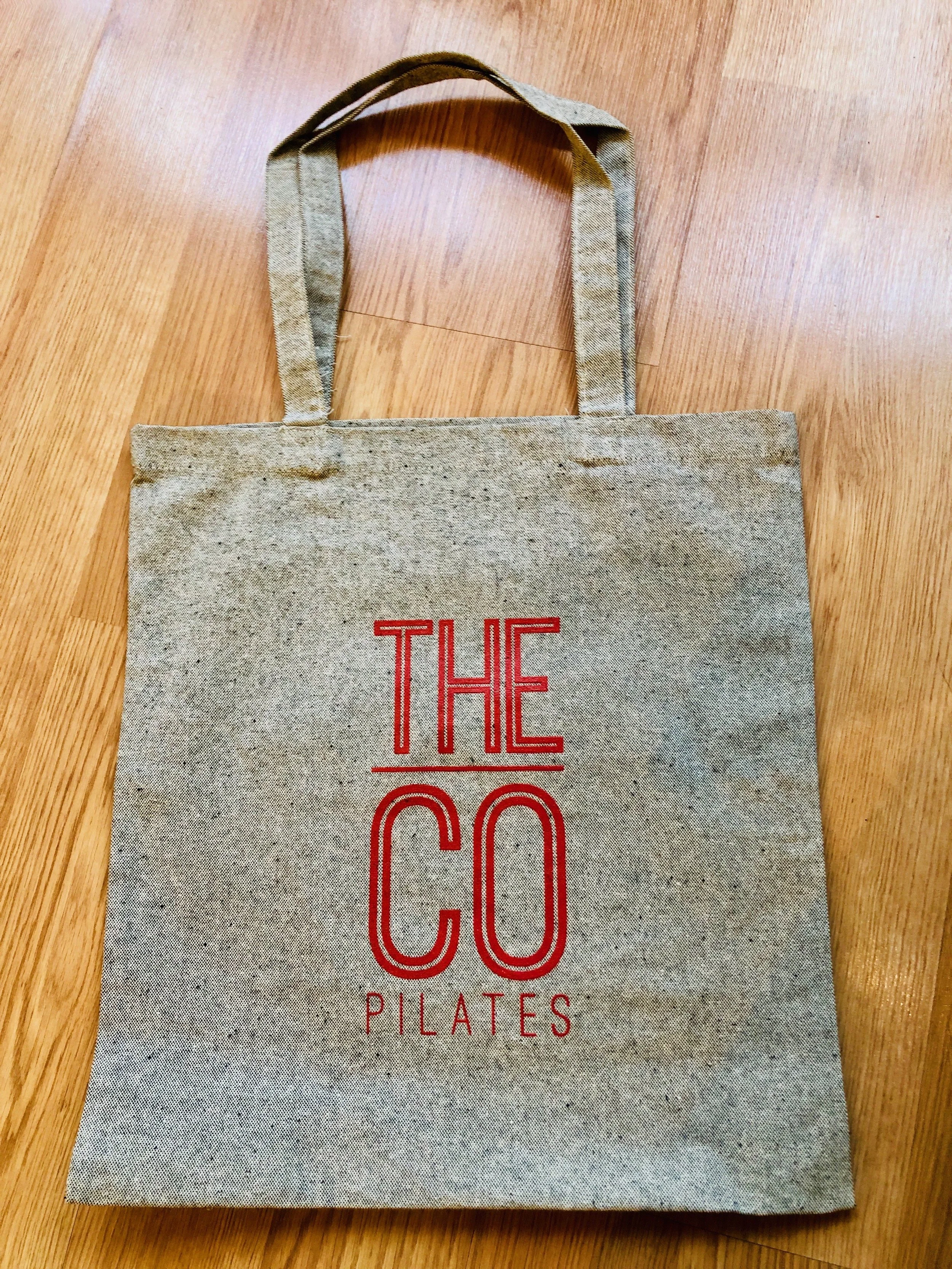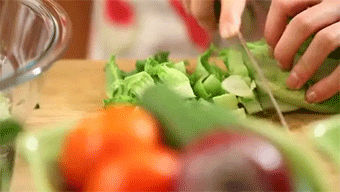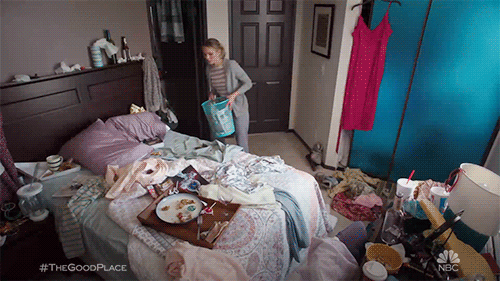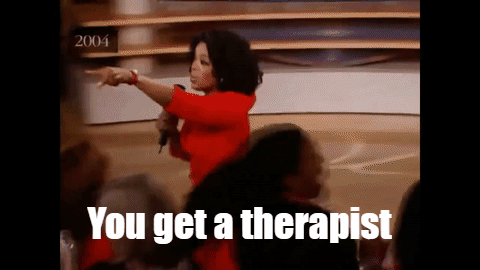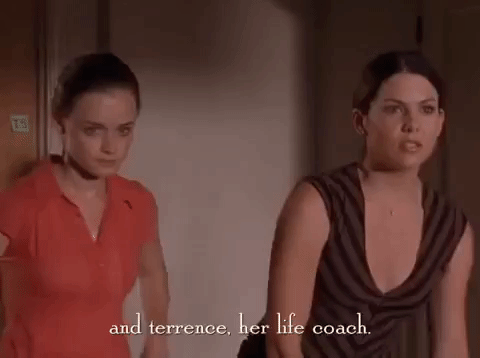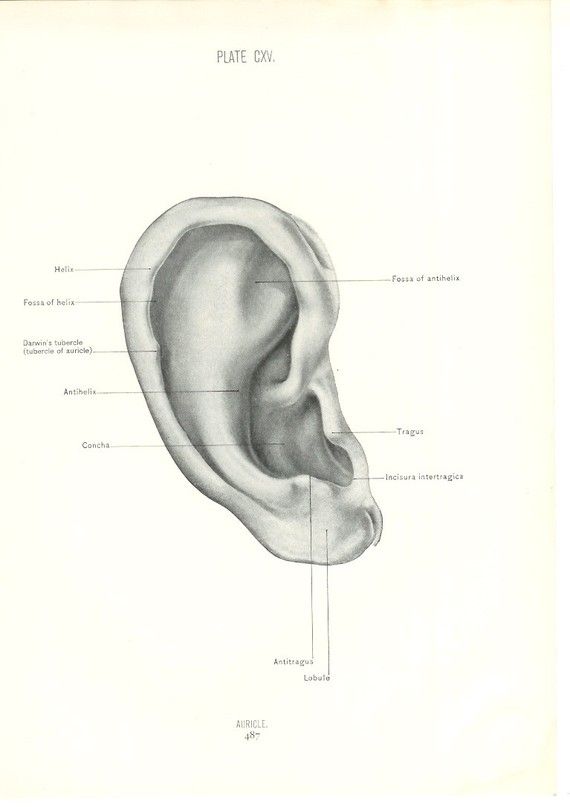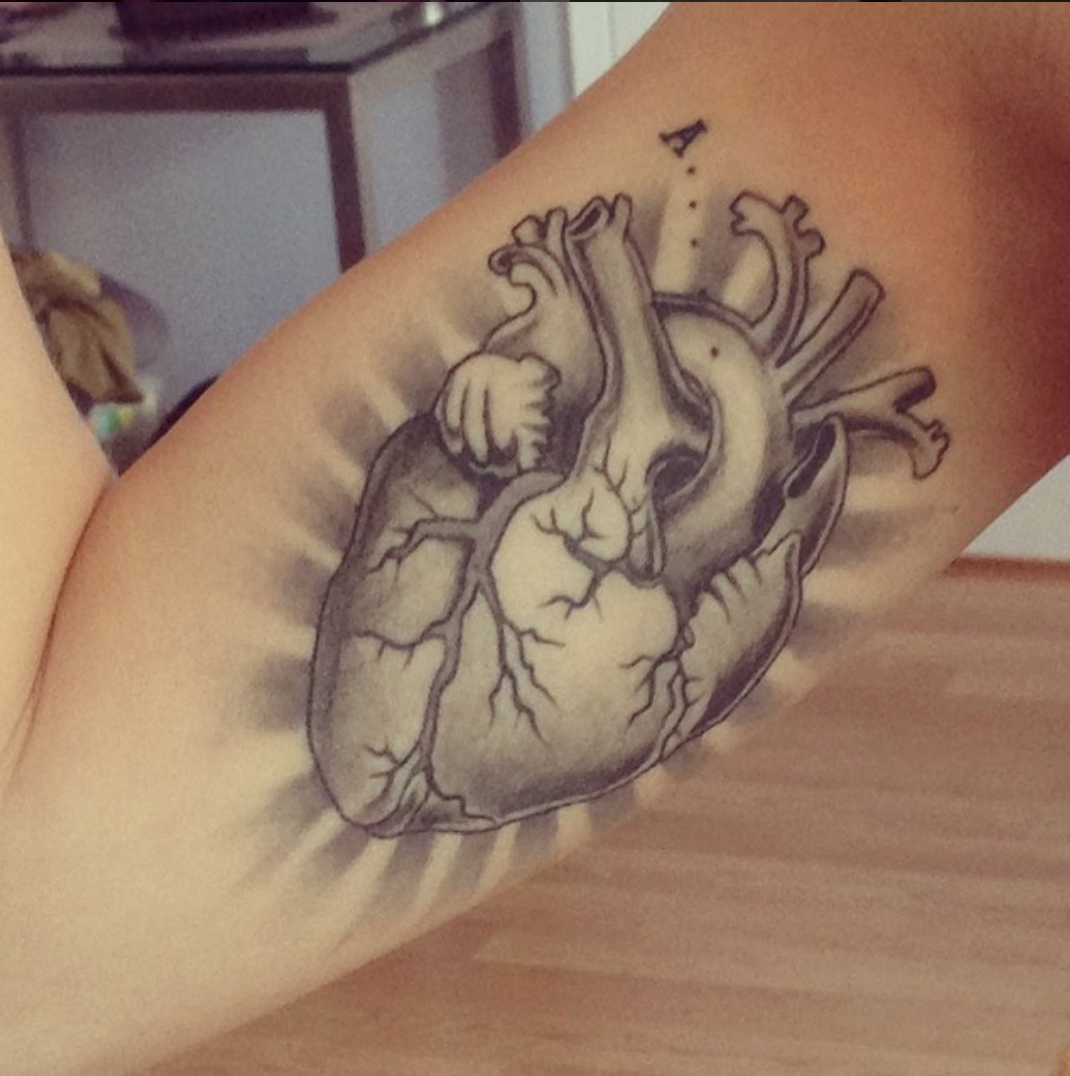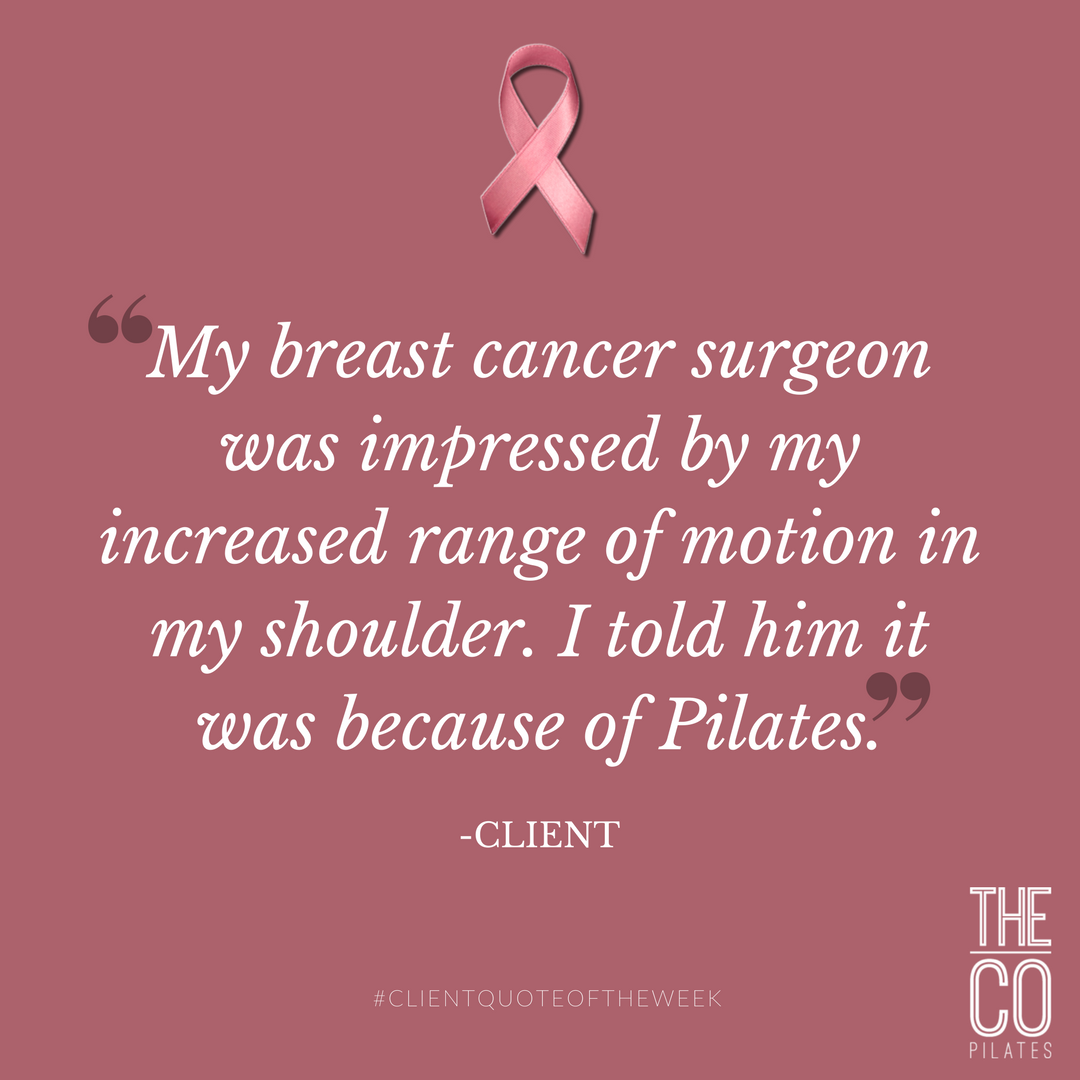“I went on a hike and I was totally fine! I feel like I used all my muscles like we’ve been practicing and they feel like the right kind of sore. I didn’t have a flare up at all!”
“I feel like I’m learning about my body in a whole new way.”
“I was sore in places I never knew I could be sore. Like, I’ve never used that muscle before!”
“I felt some pain but I was able to use what I’ve learned here to stabilize and get the pain to go away.”
"Even when I'm having an off day I always remember I wasn't able to do this exercise when I started Pilates."
This year will be 10 years I’ve been living and working in New York City. I’ve been reflecting a lot on this recently – how much life has changed, what I’ve learned, and how my life and business have grown. And it dawned on me that I’ve been working in or near our studio in some form or fashion for 8.5 of those 10 years. That feels crazy to me. Even crazier to think that essentially Union Square and the walls that house The Co Pilates have been my home, the most consistent thing in my life, for the majority of my time in the city. My relationship to the space and to Union Square (and actually New York, for that matter) has its own special ebb and flow ranging from deep gratitude to profound frustration. It occurred to me that this concept parallels to our bodies and our relationships with them.
Our bodies are the only true and consistent home we will have for our entire lives, and most of us experience waves of deep gratitude and profound frustration with them and life inside them.
This led me to reflect on all the lovely things we’ve been able to witness in the work that we do in the studio, hence the client quotes above. Pilates is more than just a workout or a fitness fad that’s fused with other methods. It’s a practice of coming back to and strengthening your home base – the foundation your home is built on. To build deep awareness from the inside out and increase our ability to help ourselves in times of frustration (due to injury, stress, or illness) from a place of knowing our bodies like we know a close family member, friend, or partner.
There is so much power that comes from knowing ourselves by way of knowing how our bodies work.
Summer Promo
This summer, first-time clients enjoy 20% off their intro session and 10-session package. Plus, all current clients get a free bonus session when you refer a new client and they sign up. Click here to book an introductory call.
